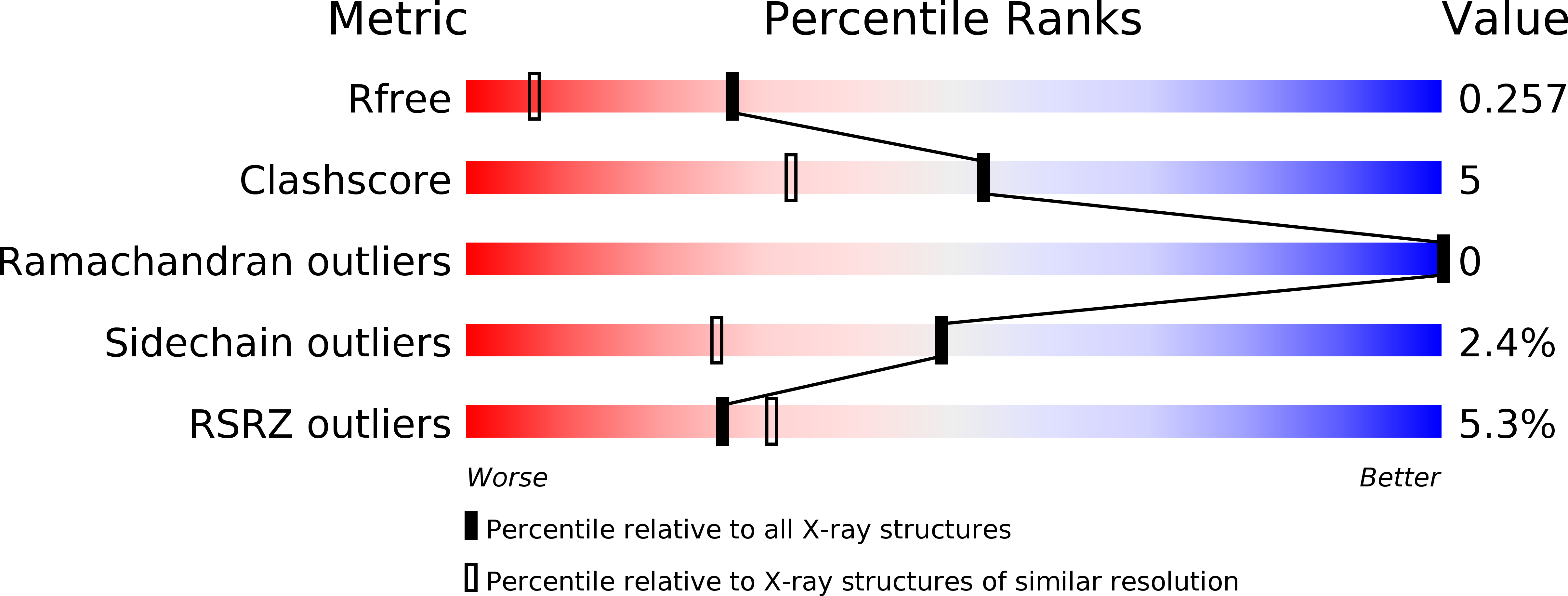
Deposition Date
2004-01-12
Release Date
2004-10-19
Last Version Date
2023-12-27
Entry Detail
PDB ID:
1V8N
Keywords:
Title:
Crystal structure analysis of the ADP-ribose pyrophosphatase complexed with Zn
Biological Source:
Source Organism:
Thermus thermophilus (Taxon ID: 274)
Host Organism:
Method Details:
Experimental Method:
Resolution:
1.74 Å
R-Value Free:
0.25
R-Value Work:
0.22
R-Value Observed:
0.22
Space Group:
P 32 2 1


